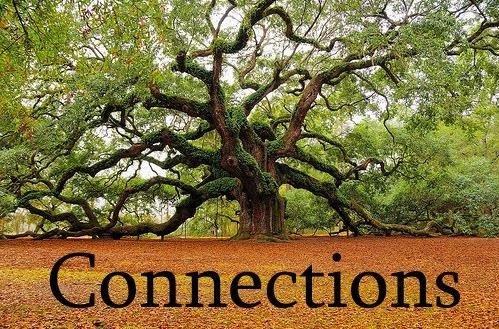"It is easier for a camel to go through the eye of a needle, than for a rich man to enter into the kingdom of God." Matthew 19:24
[Donna: I've abbreviated this much longer post-the address for the entire article is at the bottom]
"What we have [here], I believe, is a beautiful Hebrew hyperbole, as in the tree sticking out of one's eye whilst one is removing a speck in another's eye! Indeed, Jewish Talmudic literature uses a similar aphorism about an elephant passing through the eye of a needle as a figure of speech implying the unlikely or impossible:
"They do not show a man a palm tree of gold, nor an elephant going through the eye of a needle."
This first instance concerned dreams and their interpretation and suggested that men only dream that which is natural or possible, not that which is unlikely ever to have occurred to them.
"… who can make an elephant pass through the eye of a needle."
In this case, the illustration concerns a dispute between two rabbis, one of whom suggests that the other is speaking "things which are impossible". The camel was the largest animal seen regularly in Israel, whereas in regions where the Babylonian Talmud was written, the elephant was the biggest animal. Thus the aphorism is culturally translated from a camel to an elephant in regions outside of Israel.
Jewish writings use the "eye of the needle" as a picture of a very small place,
"A needle's eye is not too narrow for two friends, but the world is not wide enough for two enemies." .
The ludicrous contrast between the small size of the needle's eye and the largest indigenous animal is to be preserved for its very improbability. Jesus' hearers believed that wealth and prosperity were a sign of God's blessing (cf. Leviticus and Deuteronomy). So their incredulity is more along the lines that, "if the rich, who must be seen as righteous by God by dint of their evident blessing, can't be saved, who can be?".
Later Christians have turned this around to portray wealth as a hindrance to salvation, which it can be – but no more so than many other things, when the message is that salvation is impossible for all men for it comes from God alone. But beyond impossibility is possibility with God for, elsewhere, a Jewish midrash records:
"The Holy One said, open for me a door as big as a needle's eye and I will open for you a door through which may enter tents and [camels?]"
In other words God only needs the sinner to open up just a crack for him and God will come pouring in and set up room for an oasis. God only needs a 'foot in the door', so to speak.
The exaggerated and contrasted size is deliberate and is not an overt judgement on riches or poverty. Jesus reflects on how hard it often is for the rich to enter the kingdom of God. The riches are a distraction and hard to share if one is too attached to them. The disciples' incredulity is that if even the rich cannot be saved, who can? But the verdict is that even the rich, and not only the rich, will find it impossible to save themselves – but with God all things are possible.
'Difficult Sayings' - Column for Week of January 9 - 15, 2005 http://www.studylight.org/col/ds/

We sure do that too. Wow. We're a lot like the people in the OT that we shake our heads at.
ReplyDeleteIt makes me laugh to know there was an actual
ReplyDeletesmall 'eye of the camel' door to let camels into a city after the gates had been closed for the night.
What a picture, the ungainly camel down on its knees, awkwardly squeezing itself in humility to gain admittance to the city. I wonder if I will not be as ungainly as I attempt to find my way into God's Holy City one day?
The eye of the needle
DeleteMatthew 19:24; 23:24. Many stories have been told to indicate that the “eye of the needle” is a small postern gate that was opened at night when the city gate had been shut, and that a camel could get through it provided it had been fully unloaded. It is a nice story but not true in biblical terms. The eye of a needle is a surgeon’s needle. In both Matthew 19 and Matthew 23, the point was that the camel was the largest animal with which people of the day were familiar. Jesus was using the term much as we would use the word elephant as the largest creature in our experience. Jesus may also have used the camel as an illustration because it was ritually unclean.
Gower, R., & Wight, F. (1987). The new manners and customs of Bible times. Chicago: Moody Press.
the "eye of the needle" I was told about was a doorway to the city, I was told in order for a camel to go through they had to strip everything off the camel make it bow down on it's knees and it tightly passed through, much like us we must bow down and strip off our worldly good and be open and bare before God to enter in. Also they said the reason they had this door way was the camels owners would hide taxable items on the camels to smuggle in or out of the city to escape being taxed so thats why they made it a tight fit that required you to strip the camel so you could not cheat.
ReplyDelete